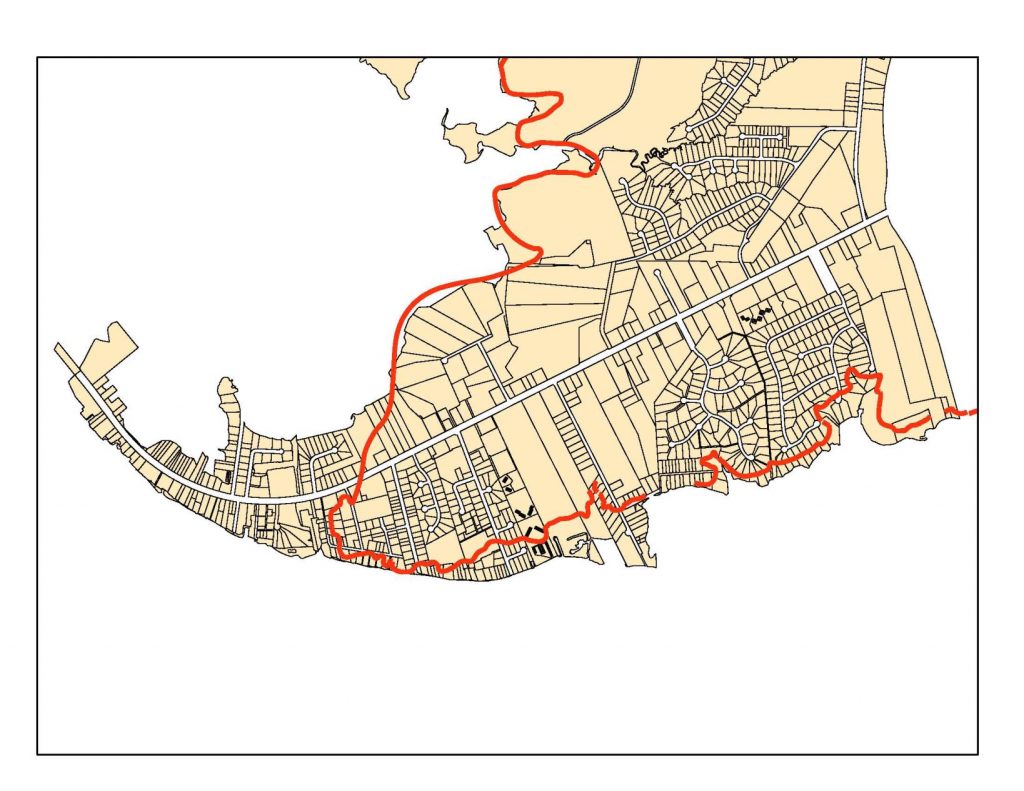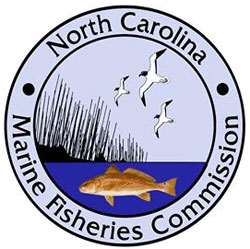
Reprinted from Carteret County News-Times
CEDAR POINT — Commissioners voted 4-0 Tuesday to adopt a rewrite of the town’s flood damage prevention ordinance for residential structures.
Supporter Spotlight
In some cases, maps included in the rewrite will adversely affect property owners by placing their land or homes in classifications that imply higher flood risk.
The board acted during its monthly meeting conducted via Zoom after none of the handful of residents virtually attending the meeting commented during a public hearing.
Town Administrator David Rief explained to the board the town couldn’t change the lines on the Federal Emergency Management Agency’s 2020 flood insurance maps, which will go into effect June 19.
“There’s nothing we can do about those,” he said.
In particular, he noted some properties in low-lying areas will be required, if destroyed or damaged beyond 50% of their values, to be elevated higher than would be necessary before the new map goes into effect.
Supporter Spotlight
Rief said the new map moves some Cedar Point properties into zones that would require elevation of as much as 3 to 4 feet more than the zones they are in now. Others under the new map will move into zones that require elevation by an additional 1 or 2 feet.
For example, he said, some will move from FEMA’s AE-7 zone to the AE-10 zone. AE-7 means a structure must be elevated so its first occupied floor is above the base flood level, which is 7 feet. Base flood elevation is defined as the elevation to which a flood is anticipated to rise during a base flood event. In the AE zones, that is a flood that has a 1% chance of occurring in a given year.
Structures on land that were in FEMA’s AE-7 zone under the current map but are changed to the AE-10 zone under the upcoming map would have to elevate the first habitable floor an additional 3 feet, based on the map changes, if rebuilt or repaired at a cost beyond 50% of value. Similarly, any new structure built in the AE-10 zone would have to be built so its bottom occupied floor is at least 10 feet above base flood level.
“This would affect a lot of residences but there is nothing we can do,” Mr. Rief reiterated.
In addition, the map adds a new FEMA Coastal A zone.
“This will probably have one of the biggest impacts on properties in the town,” Rief said Thursday.
The new zone is an area of “moderate wave action,” according to FEMA. Anything on the water side of the line will have to follow the same restrictions as properties in the VE or high-velocity wave zone, which prohibits solid-wall construction for foundations.
Also, he said, “the elevation requirement (in the Coastal A zone) applies to the bottom of the lowest horizontal structural member, usually girders under floor joists, rather than floor level.”
The town planning board earlier this year recommended the commission approve the new ordinance because if the town did not do so, it could not participate in the National Flood Insurance Program, which gives residents the ability to purchase flood insurance.
What this means, Mr. Rief told commissioners is in some places, especially near the water, new homes will be taller than before and old ones will be taller if they must be rebuilt.
He told commissioners they had discretion on a few items in the new ordinance, most notably the height of the “freeboard,” which is the elevation of a building’s lowest floor above the minimum base flood elevation during the initial construction process.
Cedar Point currently requires a freeboard of 2 feet, but FEMA and North Carolina now recommend 4 feet, Mr. Rief said. Towns that adopt higher freeboards can get savings for residents on flood insurance, he said, but it costs more to build or rebuild.
If the town adopted a 4-foot freeboard, he said, that would push the top of some new single-story homes to 26 feet or higher, which he called very tall for a single-story home. It could be especially problematic for new two-story homes since the town has a 40-foot building height limit.
Commissioners stayed with 2 feet, which Rief called a conservative approach.
The board also agreed to an option to require residents to sign agreements not to convert ground-level space to occupied space.
Finally, the town had the option to completely ban the use of fill material on lots but chose not to.







